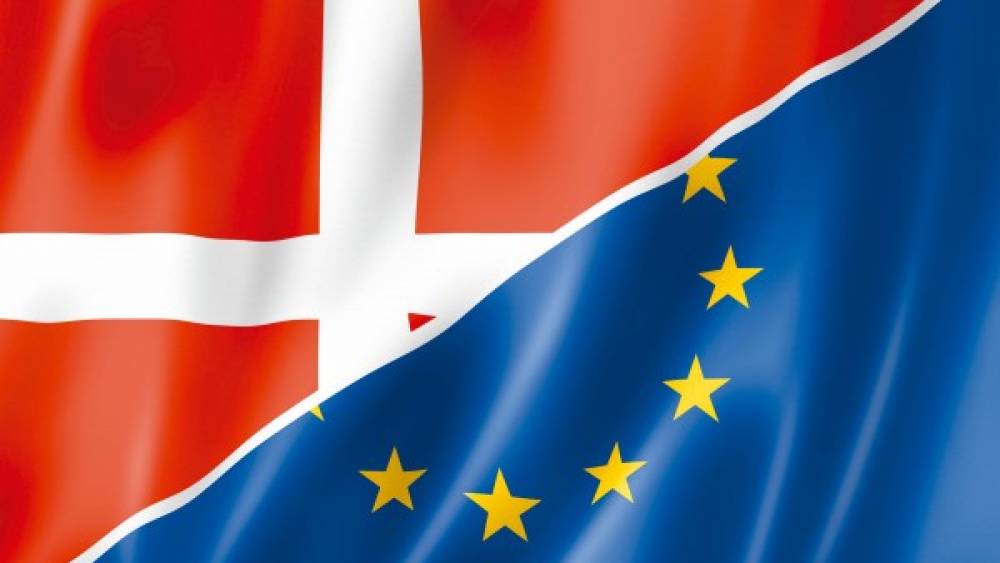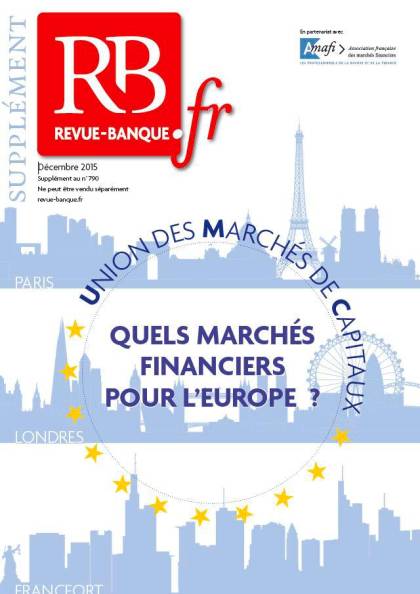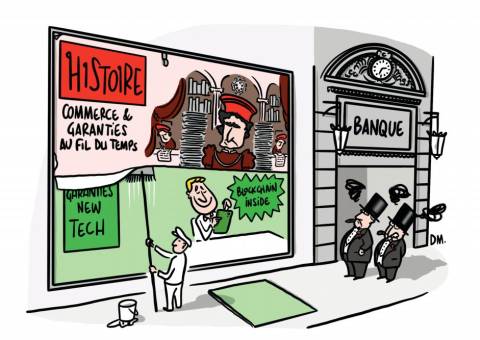What overview can you give of firms financing in your country: debt-based vs market-based?
In Denmark as well as in Sweden, debt-financing is more common than market based financing. In particular this is the case for SMEs that generally have limited access to funding from the financial markets. Banks have an important role to play for SMEs as the vast majority of small SMEs are not likely to be able to tap directly the financial markets.
What can you expect from the CMU for your own financial marketplace?
The Swedish Securities Dealers Association (SSDA), the Danish Securities Dealers Association (DSDA) and the Danish Bankers Association (DBA) support the objectives of the Capital Markets Union (CMU); to create more integrated and well-functioning capital markets in the EU. Well-functioning and efficiently regulated financial services are fundamental to improve economic growth in Europe, including in the Nordic countries.
Achieving the objectives of the CMU however requires a broad range of actions – both long term and short term.
As a general point we see that there are currently a lot of regulations introduced or about to be introduced that are counterproductive to the objectives of the CMU as it rather hinders the development of well-functioning capital markets. We therefore think a first priority should be to go over these regulations and make sure the outcomes are aligned with the objectives of the CMU.
What are the regulations that could be counterproductive to the objectives of the CMU?
An area of particular concern to us and our markets is regulation with negative effects on financial market liquidity. Given the importance of liquidity for markets to function well, it should be a priority for the Commission to address all issues with negative effects on liquidity. In this respect, safeguarding market making and the possibility to hedge risks are very important. It should be ensured that the transparency regime in MiFIDII/MiFIR is balanced, for equity as well as for non-equity, and that it works also for smaller markets such as the Danish and the Swedish. It should also be ensured that the CSDR does not introduce requirements that affect liquidity in markets in a negative way or is otherwise overly prescriptive in a global perspective.
Furthermore, capital requirements on trading portfolios should not be developed in a way that decreases banks’ ability to handle large flows of financial instruments and the liquidity in the capital markets. In addition, a banking structural reform that possibly leads to universal banks shrinking their capital markets operations to avoid separation will hurt liquidity.
Don’t you fear that investors as well as issuers could more easily switch to other marketplaces in a harmonized frame?
On a general level, no. Rather, as small, open economies, both Denmark and Sweden have in the past benefitted significantly from financial market harmonisation in Europe.
Do you think that developing harmonized European financial markets is consistent with implementing a financial transaction tax?
No, rather the opposite. We think that a financial transaction tax (FTT) is a serious threat to Europe in general, to the financial markets and to the real economy and to the CMU. An FTT would increase the cost of transactions and it would also encourage evasive behavior. As such, it would most probably slow down economic activity. We therefore strongly oppose the introduction of an FTT.
Do you fear that you could have more difficulties than other countries with bigger financial markets to make yourself heard in the negotiations about CMU?
Yes. In general it is the case that larger countries can direct more resources to negotiations of any kind. In addition, the larger countries do obviously have a larger say. This makes it even more important that the regulatory process is open and fair, which has not always been the case historically, especially in trilogues and in level 2 processes.
The political environment in Europe has so far called for very detailed level 2 rules. We question whether this is the right approach. But – when such approach is chosen, it requires a high degree of industry involvement due to the complex nature of the issues at stake and the spillover effects from other set of rules. If the rules are wrongly set and/or calibrated, they may impact heavily and result in adverse consequences for the capital markets as a whole.
So far, we believe that the possibilities for industry involvement in the regulatory process have been much too restricted and we fear the consequences for the capital markets and the real economy.
Going forward with the CMU, it is crucial to involve the industry in the project on an ongoing basis. This requires amongst other things the following:
- A more open attitude from legislators in all phases of the process;
- More and smaller consultations (or);
- Longer consultations;
- Easier access to COM/ESMA/EBA staff;
- National FSAs should not be prohibited/limited in discussing drafts with stakeholders, since the stakeholders can provide the valuable and needed input to qualify the discussions.
Encadré 1
Key points
The main characteristics of the Nordic financial markets
Denmark
The market value for the Danish equity market was approximately 259 billion EUR in
Sweden
The market value on the Swedish market places for equities amounted to approximately 572 billion EURat year-end 2014, where 99 per cent of the market value was made up of the shares listed on Nasdaq
On the bond market, volumes have increased in recent years in Sweden. The outstanding volume of bonds issued in SEK amounted to approximately 335 billion EUR by the end of 2014. This amounts to approximately half of the total borrowing volume in bonds at Swedish issuers. The other half was issued in foreign currencies. On the money market the total stock of money market instruments amounted to approximately 29 billion EUR at the end of











